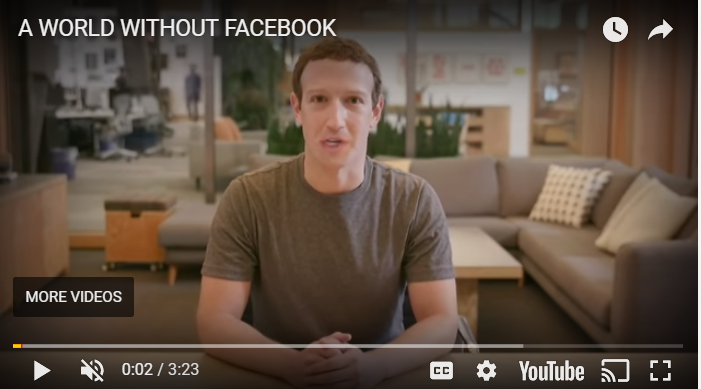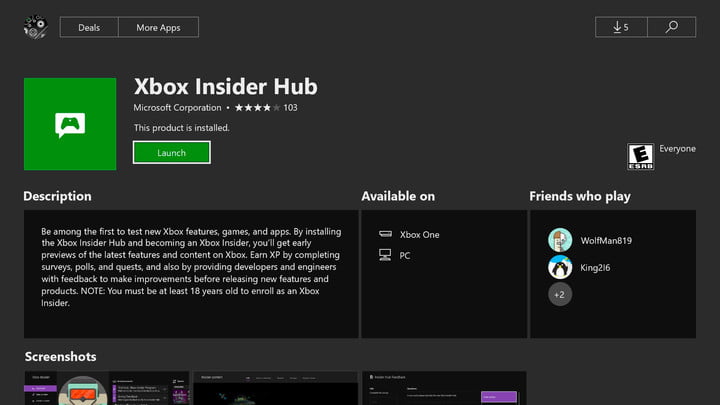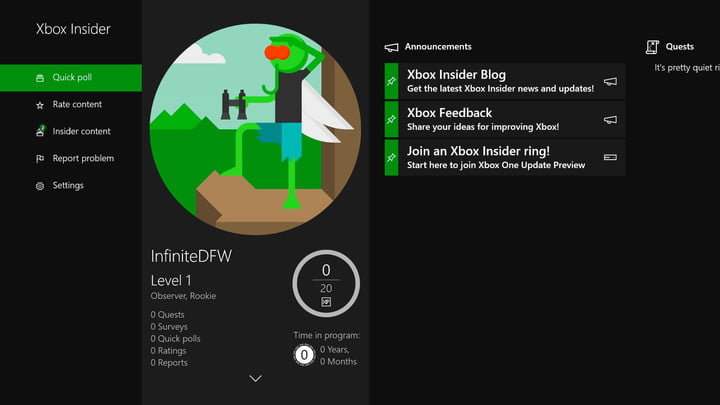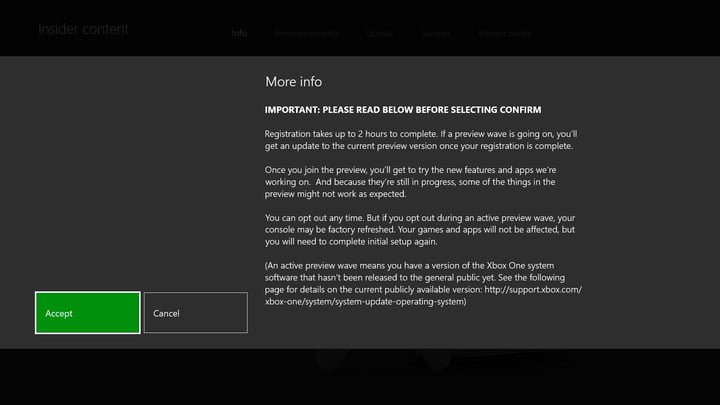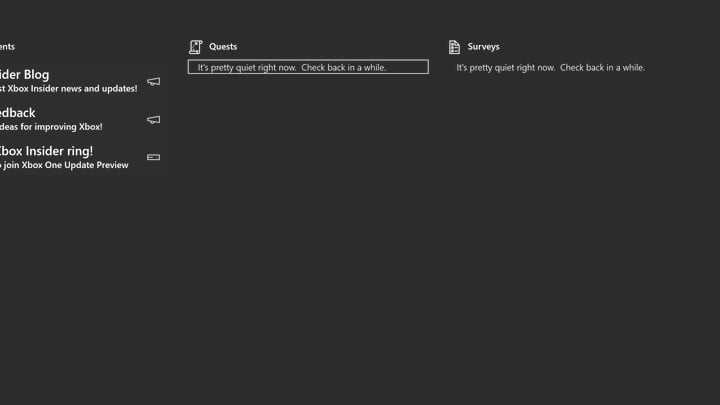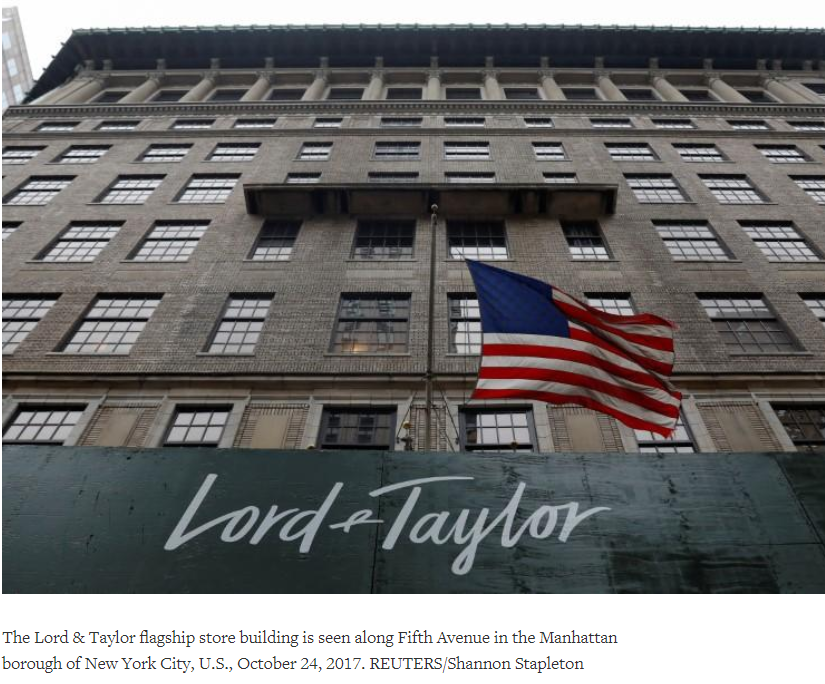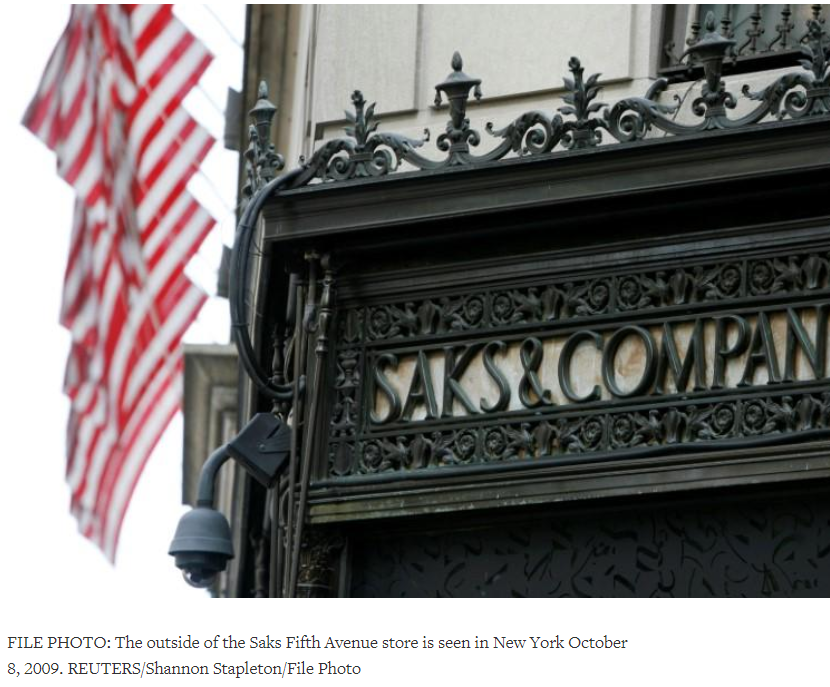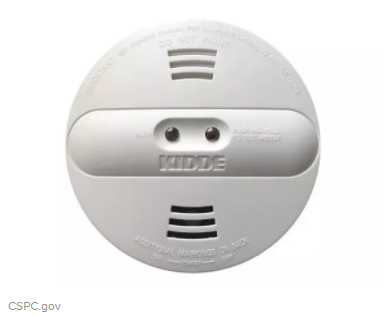by: Bruce Brown Digital Trends
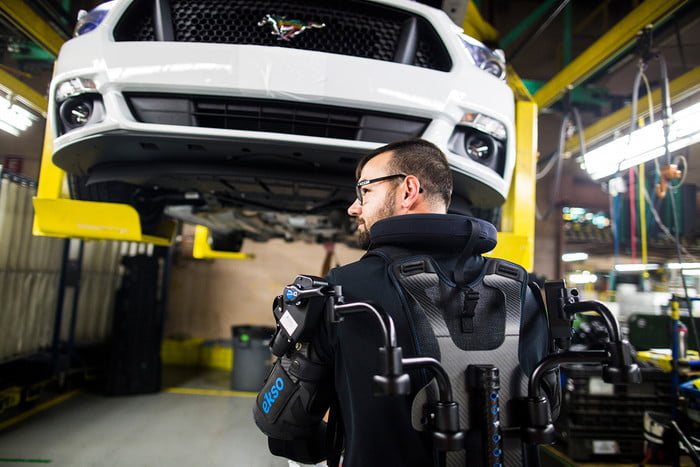
After testing in two Michigan vehicle assembly plants, employees in 15 Ford factories in seven countries are now wearing the exoskeleton vests to reduce fatigue and injury.
Developed in partnership with Ekso Bionics, Ford’s new wearable lifts and supports assembly workers’ arms while the employees reach up to perform tasks with power tools. A typical task for an EksoVest-wearing worker would be securing a car’s brace by screwing in bolts while the vehicle is overhead.
“Building vehicles is physically a tough job,” said Bruce Hettle, Ford group vice president, Manufacturing and Labor Affairs. “We care about our employees and are trying to help them do their jobs with the least amount of wear and tear on their bodies possible.”
The exoskeleton vest helps lift and support from five to 15 pounds per arm and can be worn by workers who range from 5-foot 2-inches to 6-foot 4-inches tall.
According to Ford, vest-wearing workers during testing at the company’s Michigan Assembly Plant in Wayne, Michigan, and Flat Rock Assembly Plant in Flat Rock, Michigan, provided helpful feedback. The employee input was used to refine the EksoVest before the worldwide rollout.
Assembly line workers at the test locations reported that the lightweight vests were comfortable and did not restrict movement.
Nick Gotts, an employee who was part of the Flat Rock Assembly Plant test group, expressed his enthusiasm for the robotic technology.
“I don’t want the EksoVest to ever leave,” Gotts said. “Any job that’s overhead, I wouldn’t work without it.”
Ford’s press release announcing EksoVest global deployment underscored the automaker’s continuing focus on technology that can keep the assembly lines rolling by reducing employee fatigue, injury, and discomfort. “Since 2005, incidents in Ford’s global facilities that resulted in lost time fell 75 percent; the 2018 incident rate was one of the lowest on record.”
Ekso Bionics views the robotic wearable’s global rollout as a “major step forward” in enhancing workforce well-being “At Ekso, our mission is to augment human capability with wearable technology and robotics that help people rethink current physical limitations and achieve the remarkable,” said Ekso Bionics president and CEO Jack Peurach.

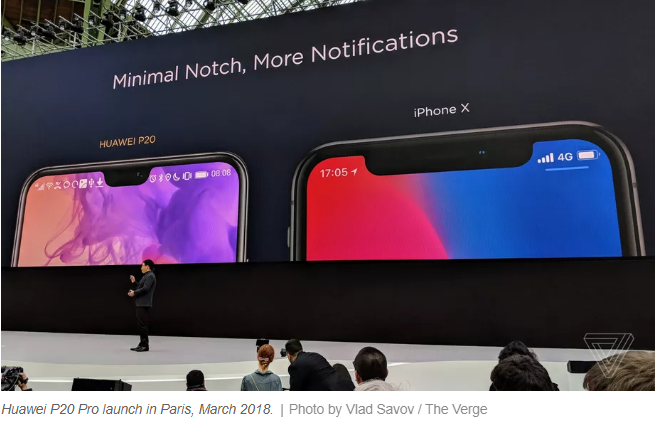

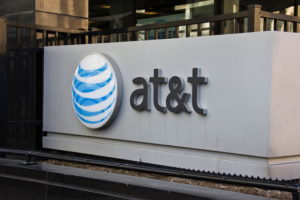
 Building your own professional looking website is now a possibility. Here are a few helpful tips and reviews that will help you first decide which website builder better suits your needs and second to ensure you get the best out of the features and resources they offer.
Building your own professional looking website is now a possibility. Here are a few helpful tips and reviews that will help you first decide which website builder better suits your needs and second to ensure you get the best out of the features and resources they offer.












